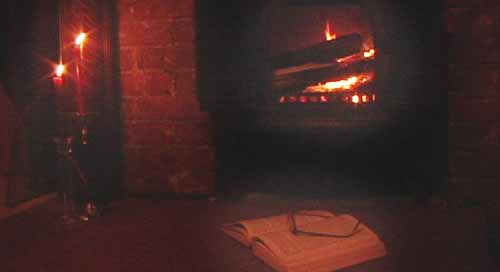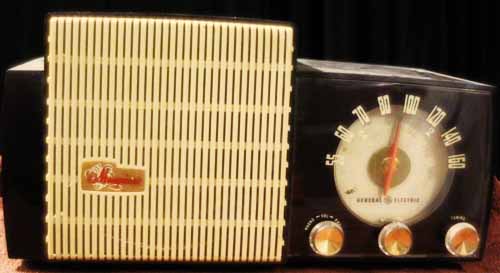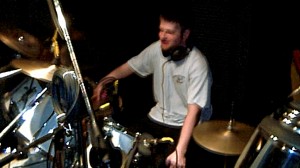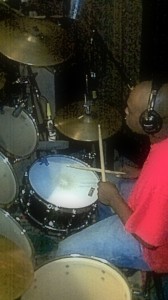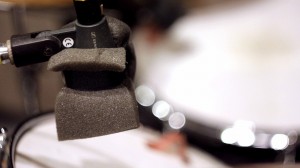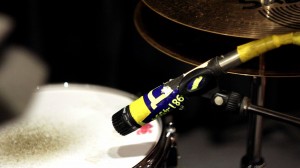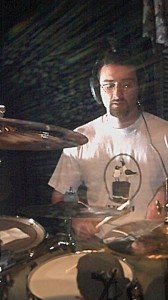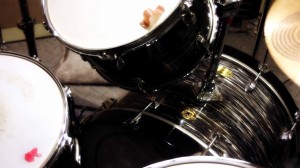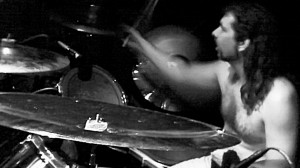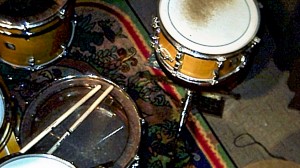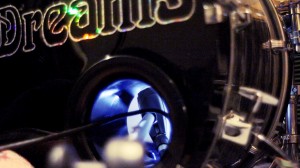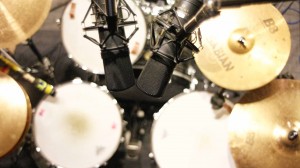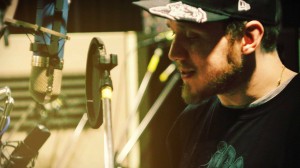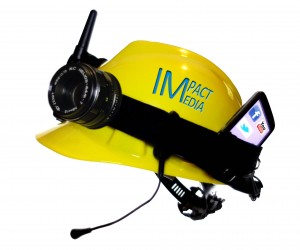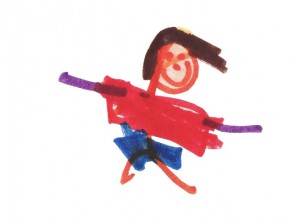 There was a time in our history when paper was too expensive for the average writer. Paints and canvas were an indulgance for the rich; materials were simply too costly. It’s crazy to think that these items were for the elite, not the everyday artist.
There was a time in our history when paper was too expensive for the average writer. Paints and canvas were an indulgance for the rich; materials were simply too costly. It’s crazy to think that these items were for the elite, not the everyday artist.
Prior to the 1990’s, the equipment used in recording studios was so expensive that musicians were paying more than $100/hour to get the use of a facility that owned some of it. In fact, time was so expensive in the early days that only well capitalized record companies could afford to rent the studios for the musicians. The rate included the studio engineer who, by the way, most likely had a college degree in electrical engineering.
Video equipment followed the same plot line. Before the early 2000’s, Only TV stations and high-end independents with rates to match could afford the equipment necessary to produce professional looking videos.
Today, with a credit card and stops at a big box electronics retailer and a music store, you can take home enough equipment to do both jobs. Hey, pick up some paint and paper and you can be a writer and an artist too! I’m being facetious. The point is this; if you think that media communication is important enough to do it regularly, than you need to consider doing it yourself.
Ian Kanski from IMR Digital and I have discussed this many times. He believes that once technology can be placed directly into the hands of creative people, everything changes. The story teller, the artist, and the musician need no go-between. Once they understand the tools, they can begin presenting their vision.
Sometimes technology learning curves require patience and practice. Just because we can go buy a Fender Stratocaster at any music store doesn’t mean we’ll be Jimi Hendrix. So before we set up media production in that empty bedroom/cubicle by HR, there are a few questions that I usually ask my clients;
- Do you have a creative person on your staff that would be interested in this type of role part time? Maybe they have media experience. Maybe they think it would be fun.
- Do you have a digital media strategy that includes the need for professional final products? Hey, smart phones do a great job of taking pictures and capturing video. Audio is another story, but if short, regular FB posts are your objective, then good audio may not be necessary.
- Is there a way that Mud-Hut Studios can help you set up your studio cube, train personnel, or even provide on-site production/examples for you? I am happy to work myself out of a job… I’m used to it!

